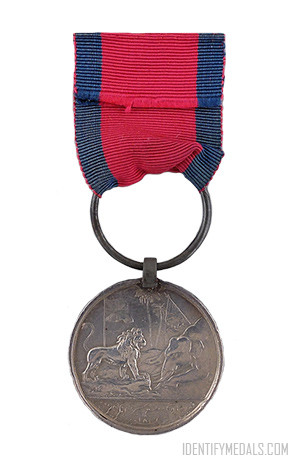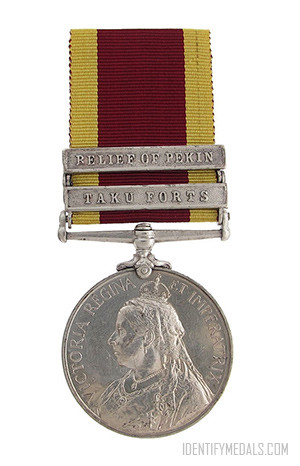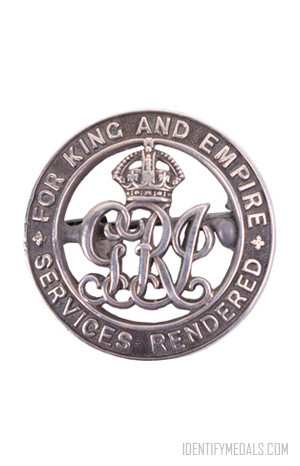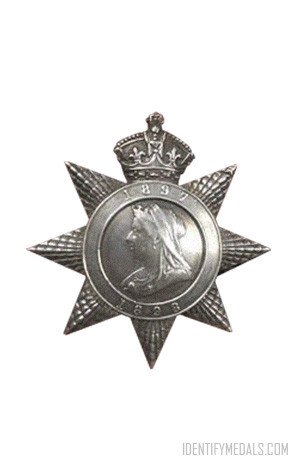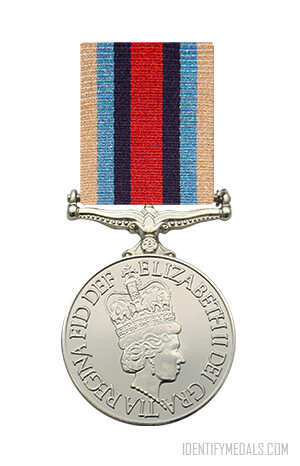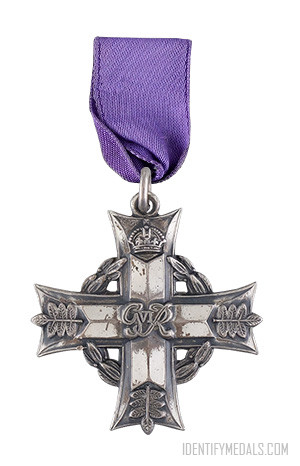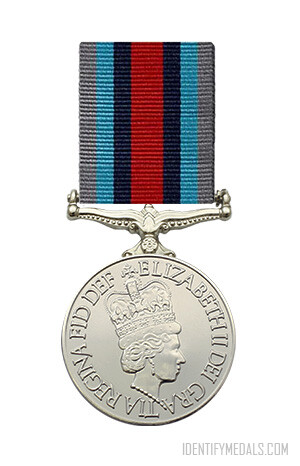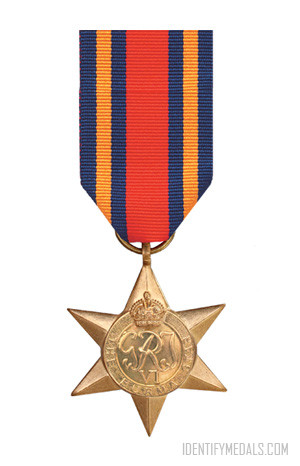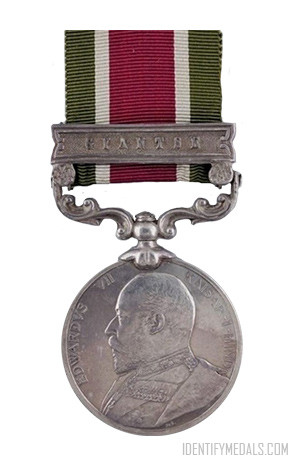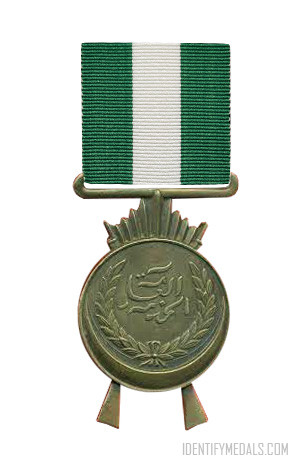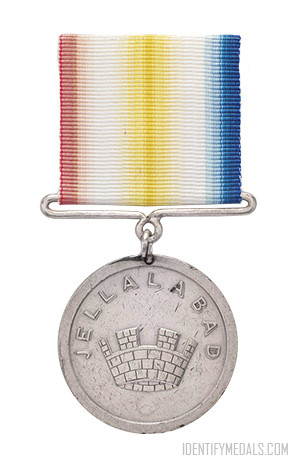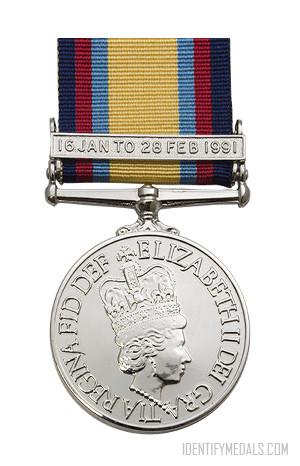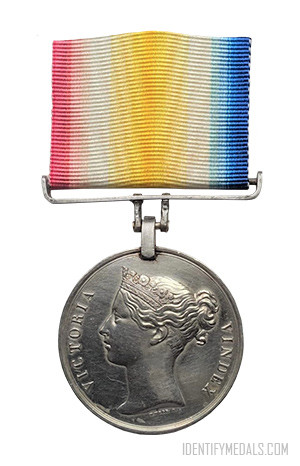- Time Period: Pre-WW1
- Year of Institution: 1826
- Country: Great Britain
The Burma Medal was granted to native officers and men who participated in the campaign for the subjugation of Burma.
In 1824 raiding by Burmese troops of King Bagyidaw of Ava (in what is now modern-day Myanmar) into the border states of Sylhat and Cachar (today India) caused their independent rulers to appeal for help from the British in India. This led to a reprisal expedition with the aim of taking Rangoon.
The campaign lasted through two years of extremely difficult fighting, until in 1826 King Bagyidaw agreed a treaty with the British. He was to abdicate in 1837.
This medal was awarded by the British East India Company to the Indian troops involved in what was called the “war in Ava”.
The Burma Medal is a very seldom seen award from the reign of George IV.
The Burma Medal Design
The Burma Medal was the first of the H.E.I.C. campaign medals in what was to become a standard 1.5 inch (38mm) diameter. The silver issue of the medal was awarded to Indian troops from Bengal and Madras in 1832; officers received a gold version.
The obverse shows the elephant of Ava at right bowing before the British lion at left, who stands before a Union Jack flagstaff. The reverse is an army approaching a coastal city, with boats at sea to the left beyond a tall palm.
The medal was fitted with a large steel clip and ring for suspension (just like the Waterloo Medal). British troops in this campaign were belatedly awarded the “AVA” clasp to the Army of India Medal.

